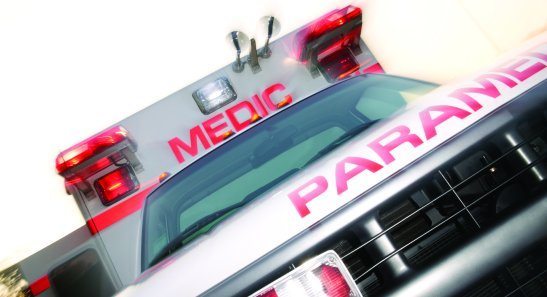When Disaster Strikes
The mass shooting in Tucson on Jan. 8 that left six people dead and Rep. Gabrielle Giffords (D-Tucson) and 12 others wounded outside a Safeway grocery store dramatically demonstrated the responsiveness of our state’s emergency trauma system. The fact that Giffords and the other victims were transported within minutes to University Medical Center (UMC), one of Arizona’s eight Level I trauma centers, and other Tucson hospitals, is a testament to the importance and value of emergency preparedness.
UMC was well prepared to transition from a quiet Saturday morning with zero patients in its trauma center to a sudden influx of critically injured patients with life-threatening injuries. Open communication between first responders and the UMC trauma center was crucial and enabled the trauma team to mobilize prior to patients arriving by air and ground transport.
Thanks to effective interaction between the first responding law enforcement officers, EMS and trauma center staff, the gunshot victims were given high-level care at the scene and during transport. According to the Arizona Department of Health Services, traumatic injury is the leading cause of death for Arizonans ages one to 44. In 2009, Arizona’s Level I trauma centers treated 23,290 patients.
Arizona’s Level I trauma centers are located in Banner Good Samaritan Medical Center, Flagstaff Medical Center, John C. Lincoln North Mountain Hospital, Maricopa Medical Center, Phoenix Children’s Hospital, St. Joseph’s Hospital and Medical Center, Scottsdale Healthcare Osborn and UMC. All eight of Arizona’s designated Level I trauma centers are in populated areas, yet serve the entire state.
Medical experts often cite the importance of transporting victims of traumatic injury to a trauma center within the “golden hour,” or the first 60 minutes after an injury has been sustained, to improve their chances of survival. It is during this most critical time that a life can be saved if specialized medical care is administered.
Due to Arizona’s geographical expanse, trauma centers and first responders must work together to ensure quality care is available as quickly as possible for all residents. This does not happen by chance, and depends largely on the tremendous behind-the-scenes efforts involved in emergency preparedness planning meetings and training classes.
Level I trauma centers like UMC have earned their distinguished designation by meeting stringent requirements, including specialty physician staffing, clinical capabilities, as well as research and community education. Level I trauma centers are required to be staffed around the clock by surgeons, anesthesiologists, physician specialists and trauma nurses. Their commitment to caring extends well beyond the walls of their individual trauma centers to serve the entire state.
Laurie Liles is president and CEO of the Arizona Hospital and Healthcare Association, www.azhha.org.




